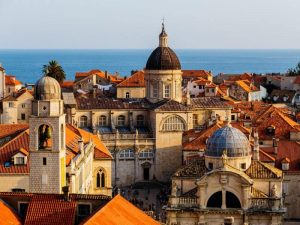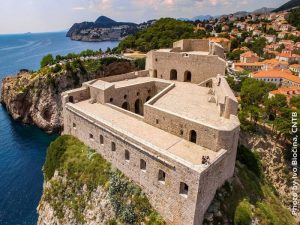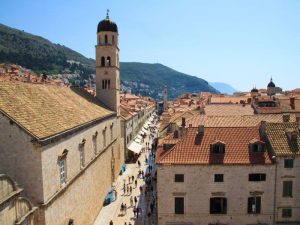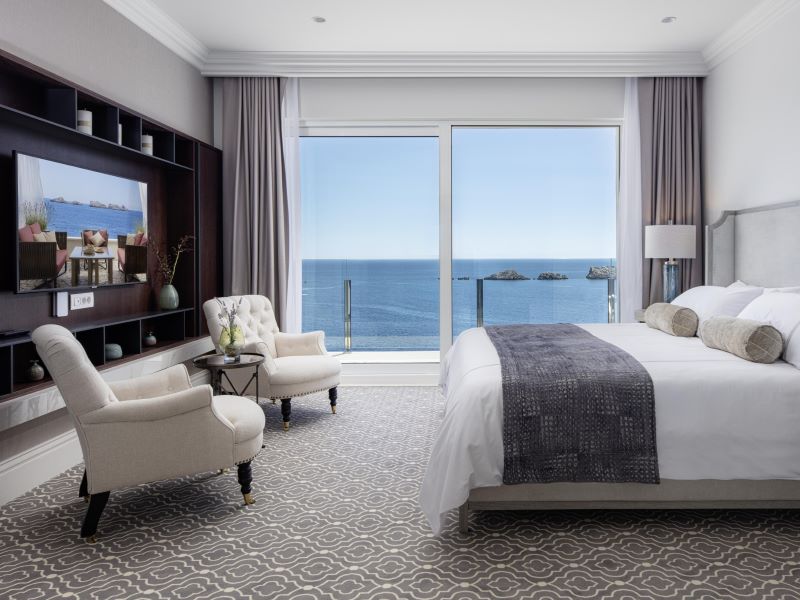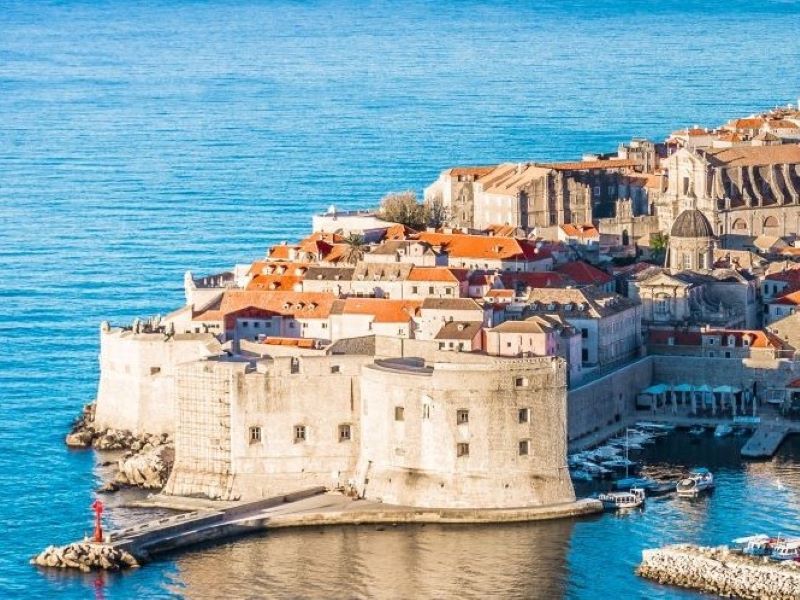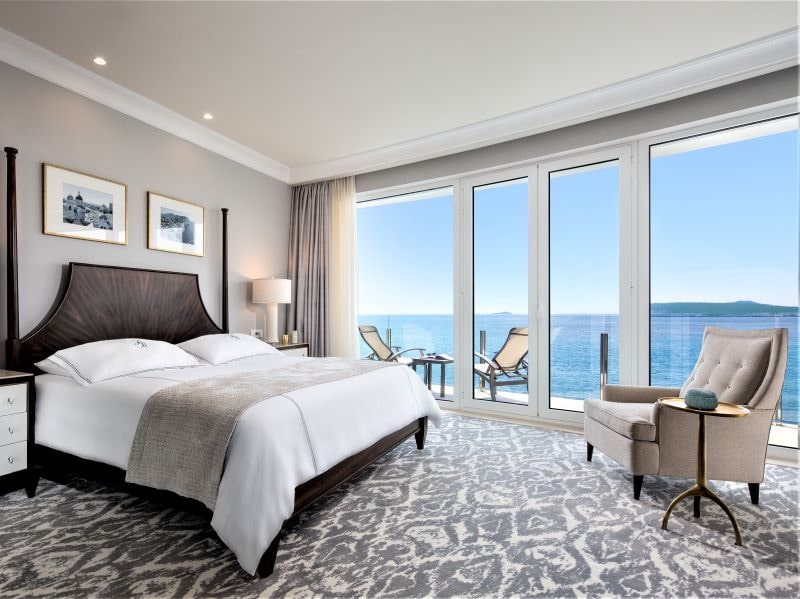City Walls and Towers
Built in the 13th century, Dubrovnik’s city walls are 1,970 metres long and take you around the entire perimeter of the Old Town center. The walls incorporate several towers: Minčeta Tower to the north, Bokar Tower to the west, Sveti Ivan (St. John) Tower to the southeast, Fort Revelin to the east and Fort Lovrijenac on the crag outside of the walls.
The magic stroll takes about two hours, and is accompanied by a splendid view of Lokrum and th Elaphiti Islands, all the way from the west side near the astounding Stradun square.
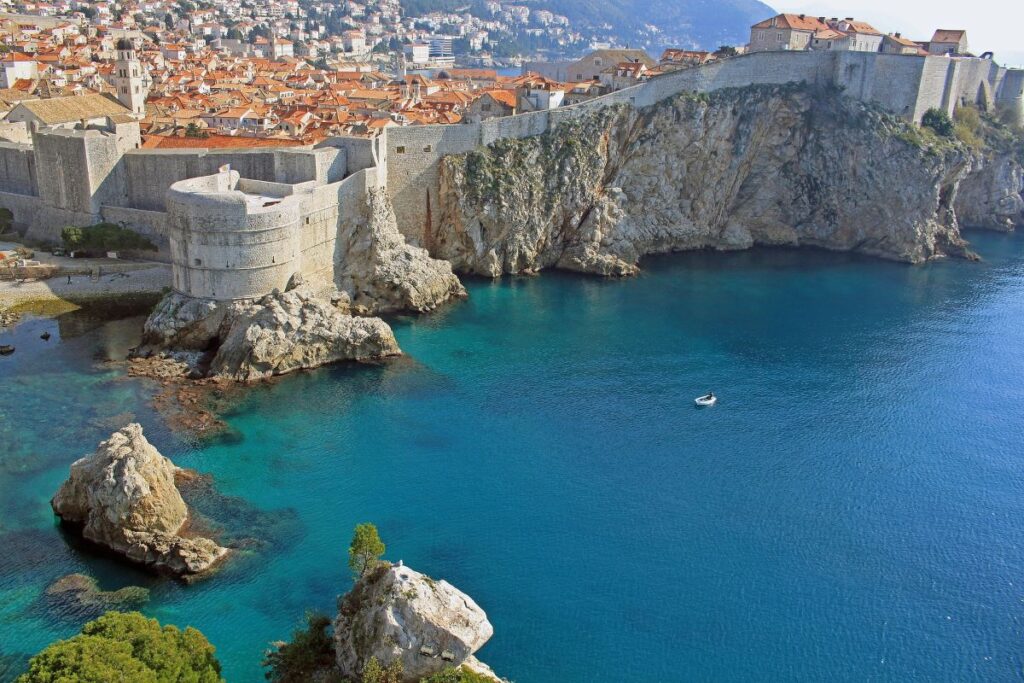
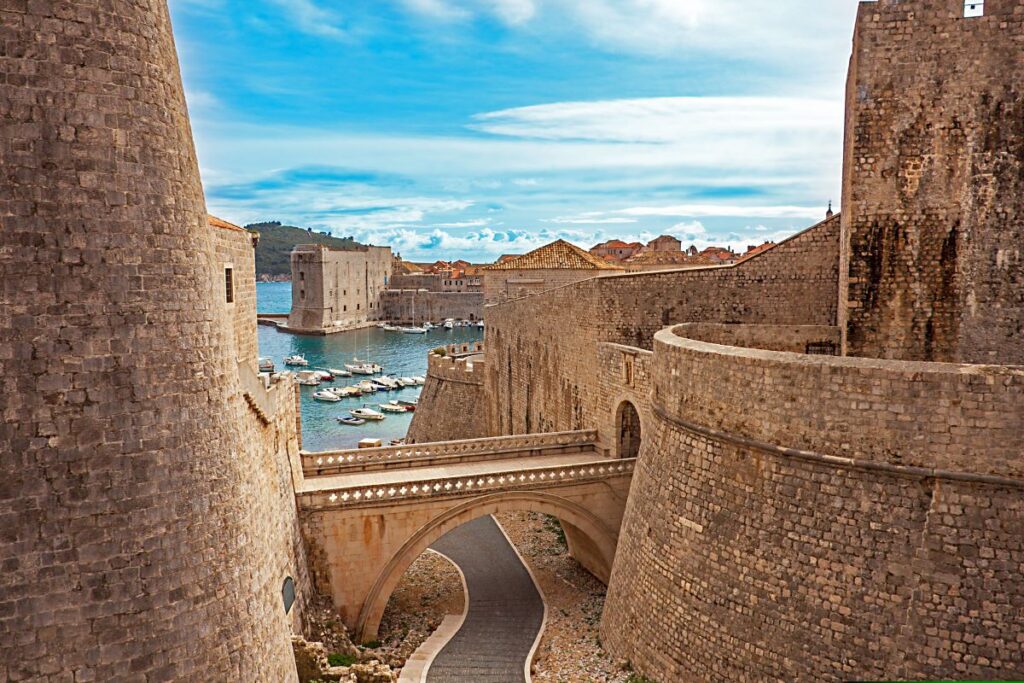
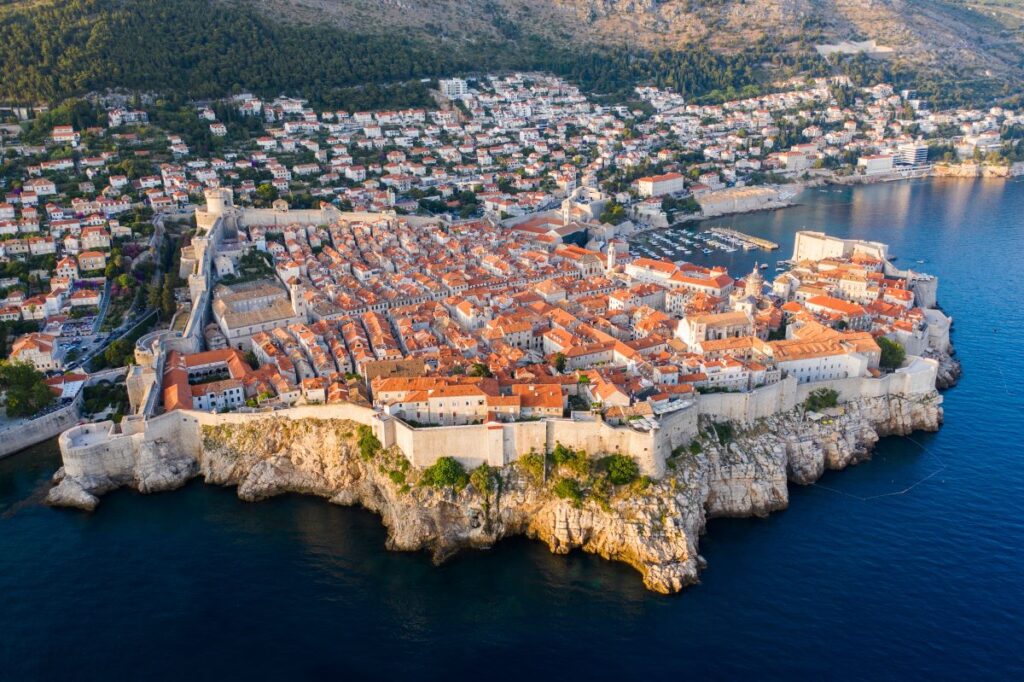
Stradun
Stradun is the main throughfare in Dubrovnik’s old town, stretching west from the Pile gate to the old harbour in the east with ancient palaces, churches, monasteries and monuments along the path. Attractions such as Onofrio fountains and Orlando’s column are accompanied with bars, restaurants and municipal events making this street great for strolling and experiencing Dubrovnik’s vibrance.
Fort Lovrijenac
The fort is located outside the city walls on a 37-metre high crag and is being considered as a symbol of liberty and frequently referred to as the ”Gibraltar of Dubrovnik.” There is the inscription at the entrance ”Non bene pro toto libertas venditur auro” (Liberty is not sold for all the treasures of the world). In the summer, Fort Lovrijenac becomes the stage for a series of theatre plays during the Dubrovnik Summer Games.
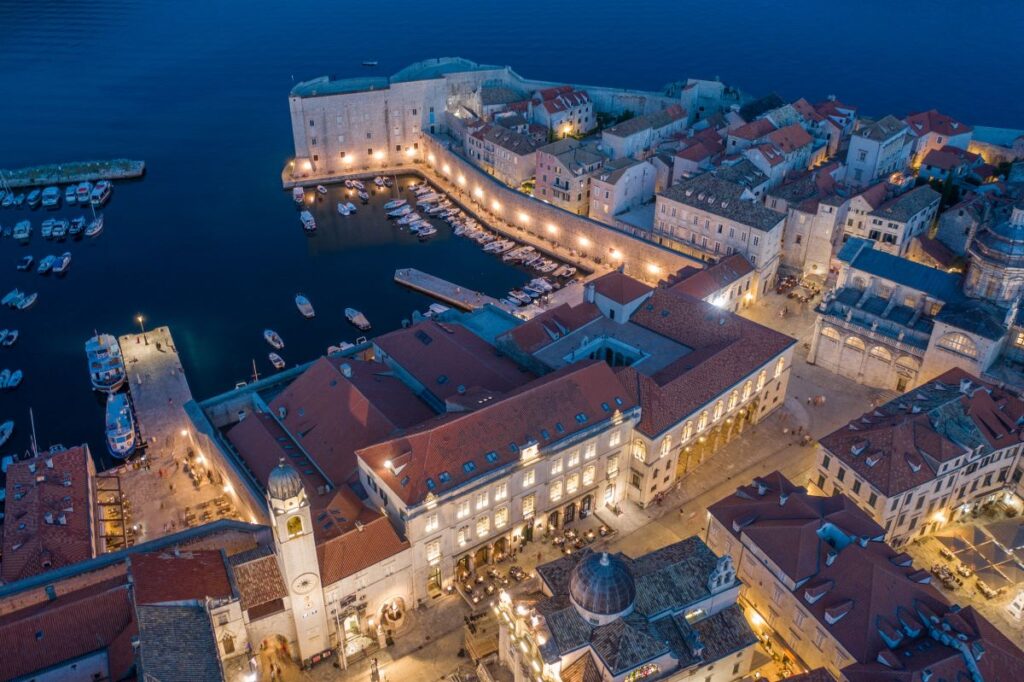
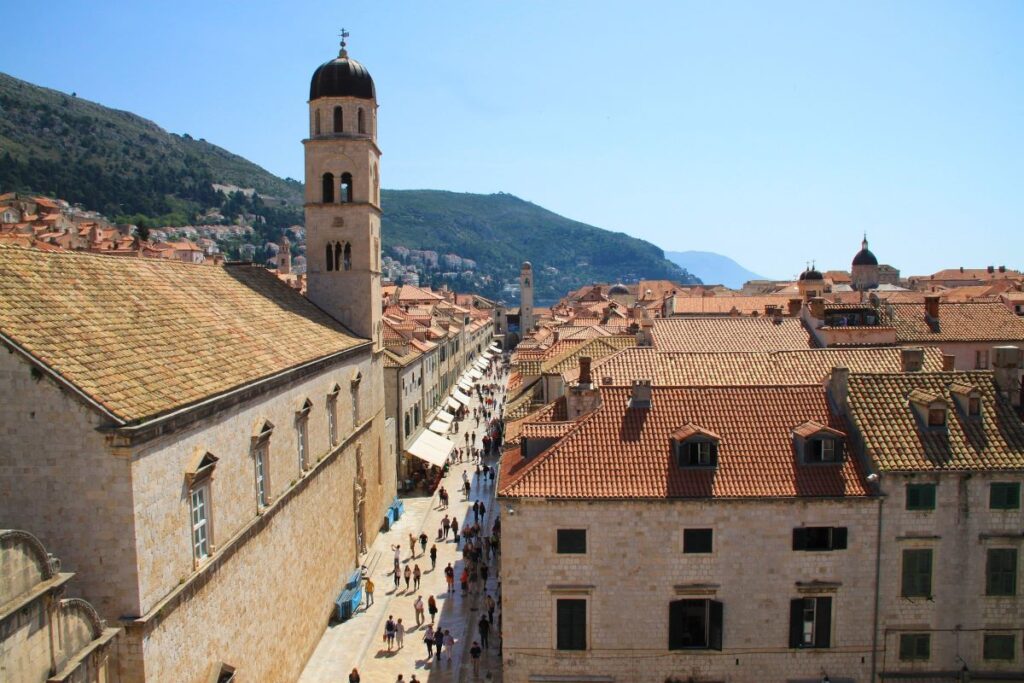
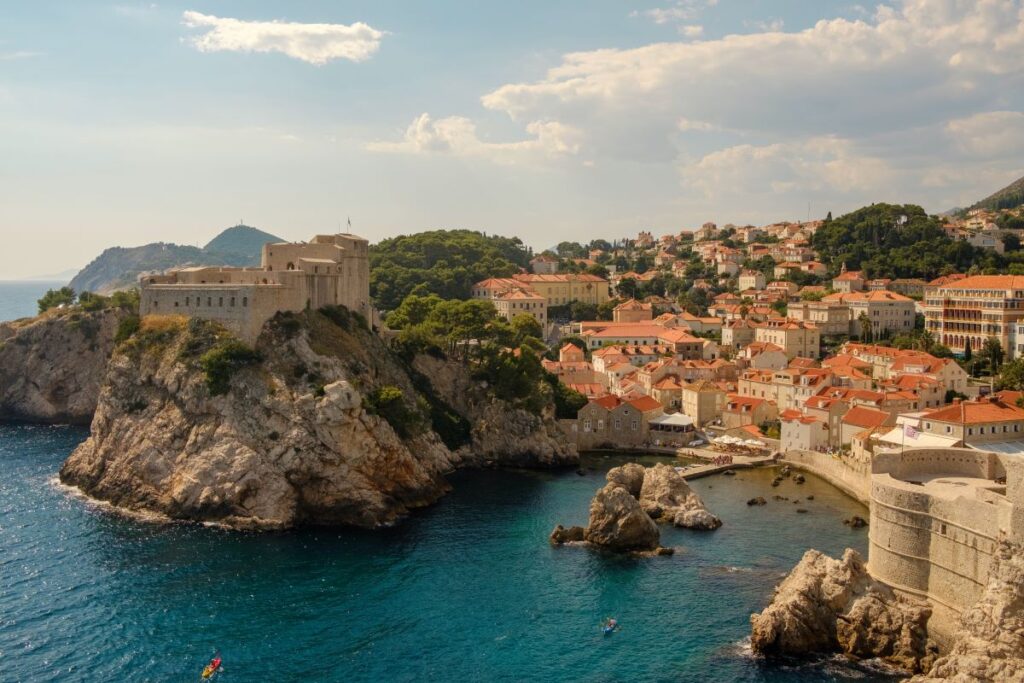
Mount Srđ
Mount Srđ rises to the north of Dubrovnik. Its peak is at 413 metres above sea level with Fort Imperial, which is a home to the Homeland War memorial museum. All sorts of weaponry used in the attack launched from this site against Dubrovnik are shown in photographs and video documentation.
A beautiful panorama overlooking the entire town, the open sea and islands is a site worthy to visit. Since 2010., the mountain top is accessible by using a cable car— where in just a few minutes one can enjoy the mesmerizing views while sipping coffee on the terrace.
Take your time to enjoy the unique panorama and the cool breeze.
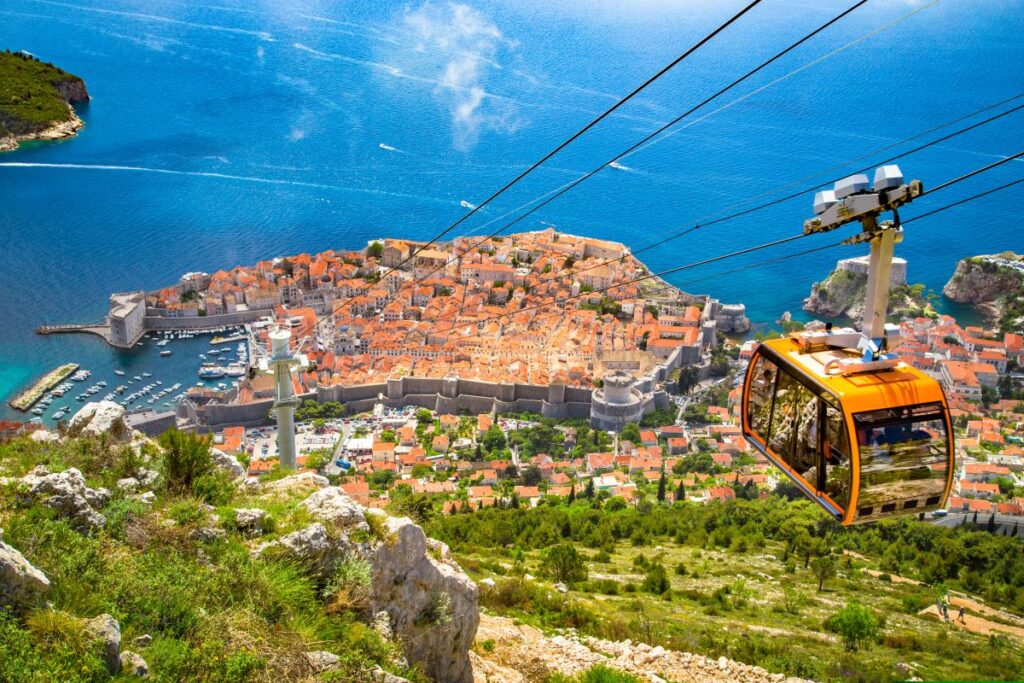

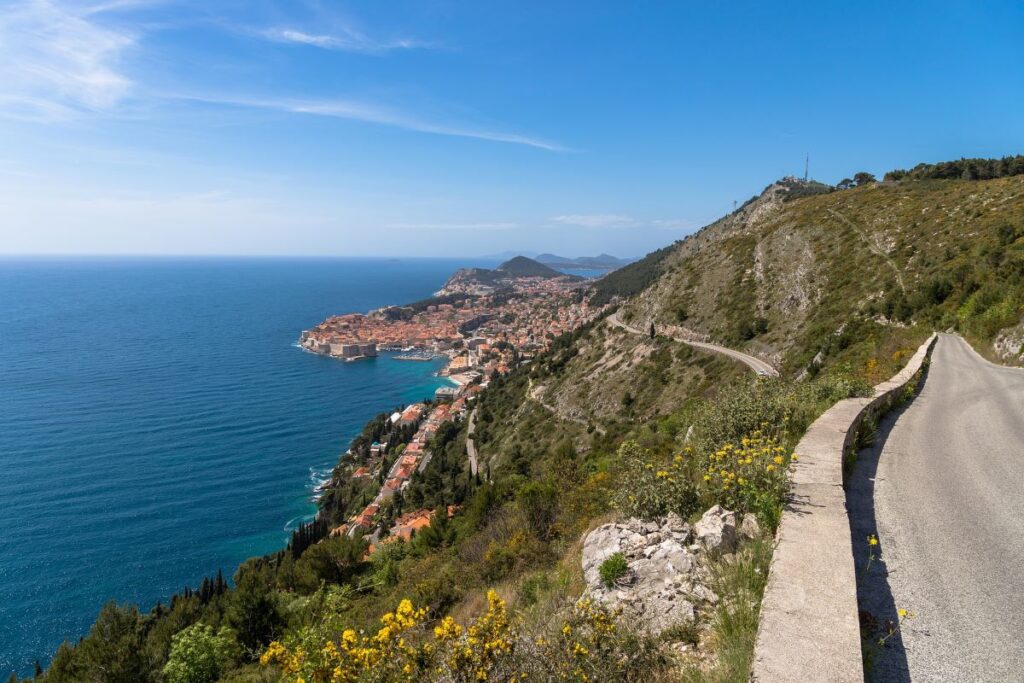
Tradition – Secular and Religious buildings
Dubrovnik Synagogue
Besides being the second oldest synagogue in Europe, this Jewish temple in the city is also a museum and is considered the oldest Sefardic synagogue in the world. It was established in 1352, and had been owned by the local Jewish community. The main floor still functions as a place of worship for holy days and special occasions, but is now mainly a city museum keeping the shrine of a number of Jewish ritual items and artifacts.
Located among the narrow streets of the Old Town, this Dubrovnik synagogue connects to the adjecent building , and is the former home of the Tolentino family, the century-long caretakers of the synagogue.
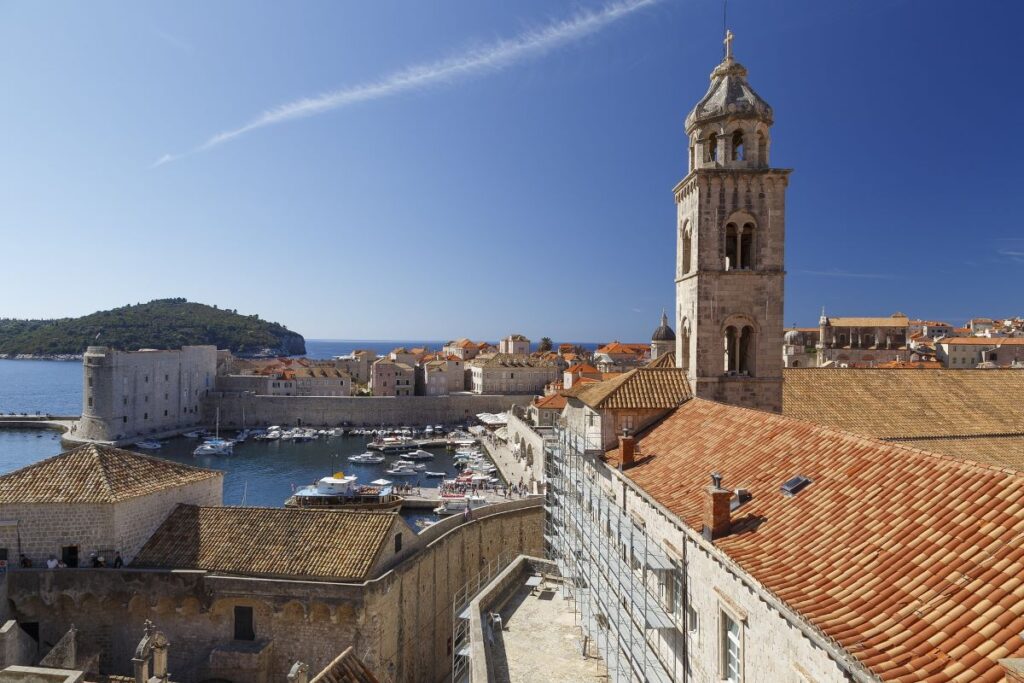
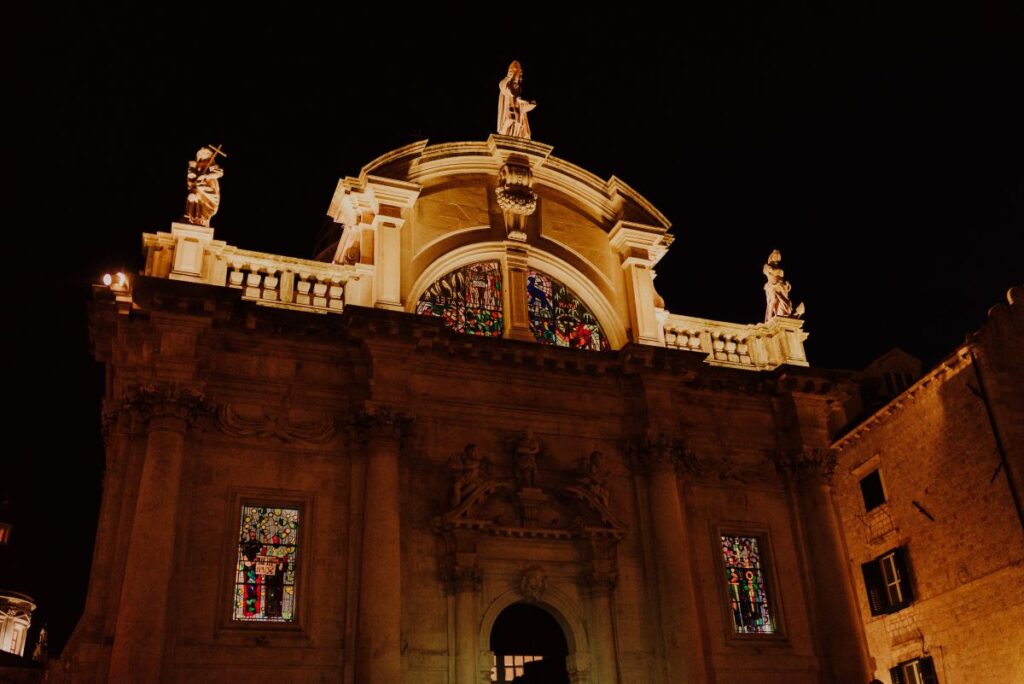
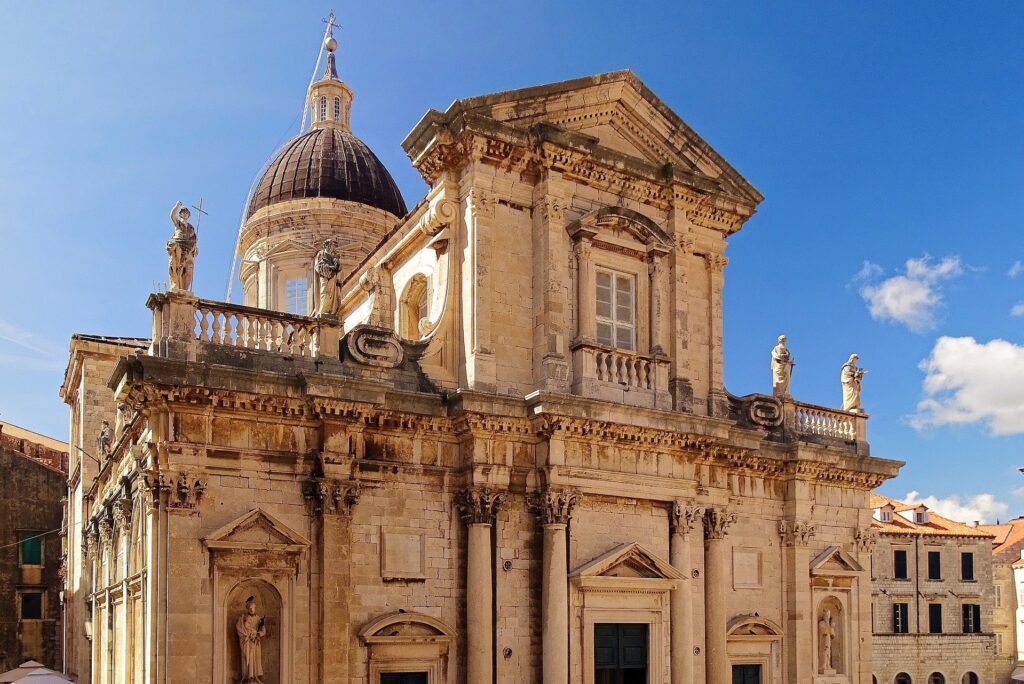
Churches
Dubrovnik’s best-known church is dedicated to St. Blaise (Sveti Vlaho), the city’s patron saint, stands on Luža Square at the site of an even older Romanesque church. The church survived powerful earthquakes, fires and the Yugoslav Army shelling during the Homeland War of the early 1990s. The feast day of St. Blaise presents one of the main annual celebrations in February.
The Church of the Holy Salvation (Sveti Spas), the Church of the Assumption of Mary and the Church of St. Dominic are traditional sacral edifices in Dubrovnik, and as such offer a unique perspective into the city’s history and architecture.

